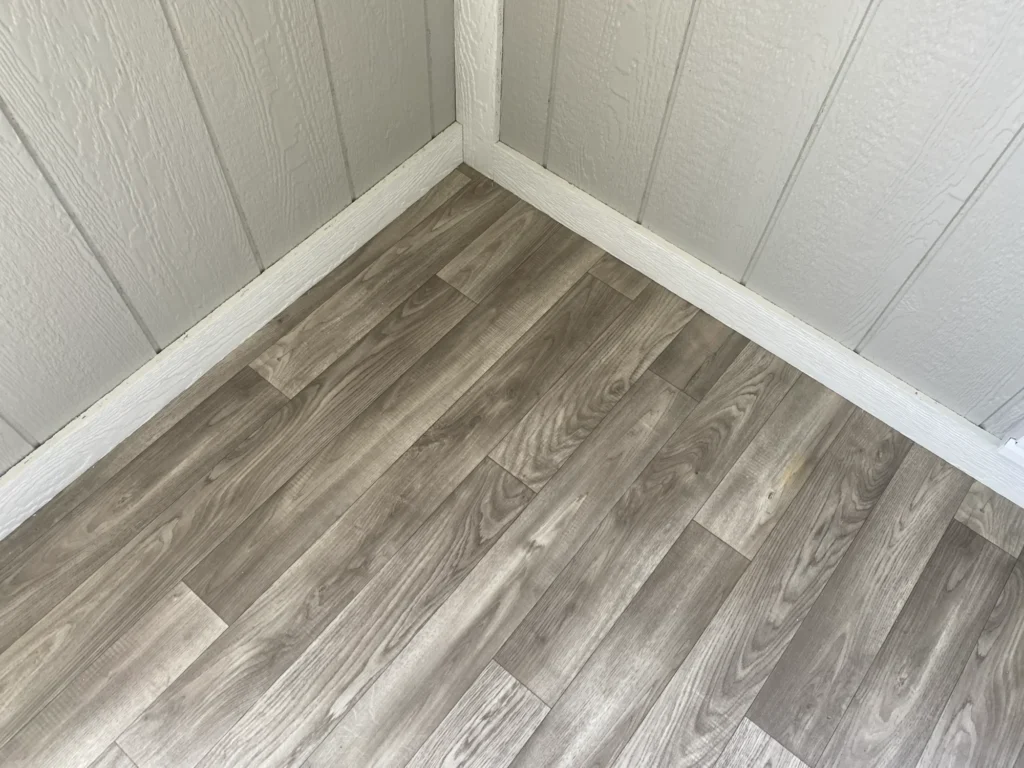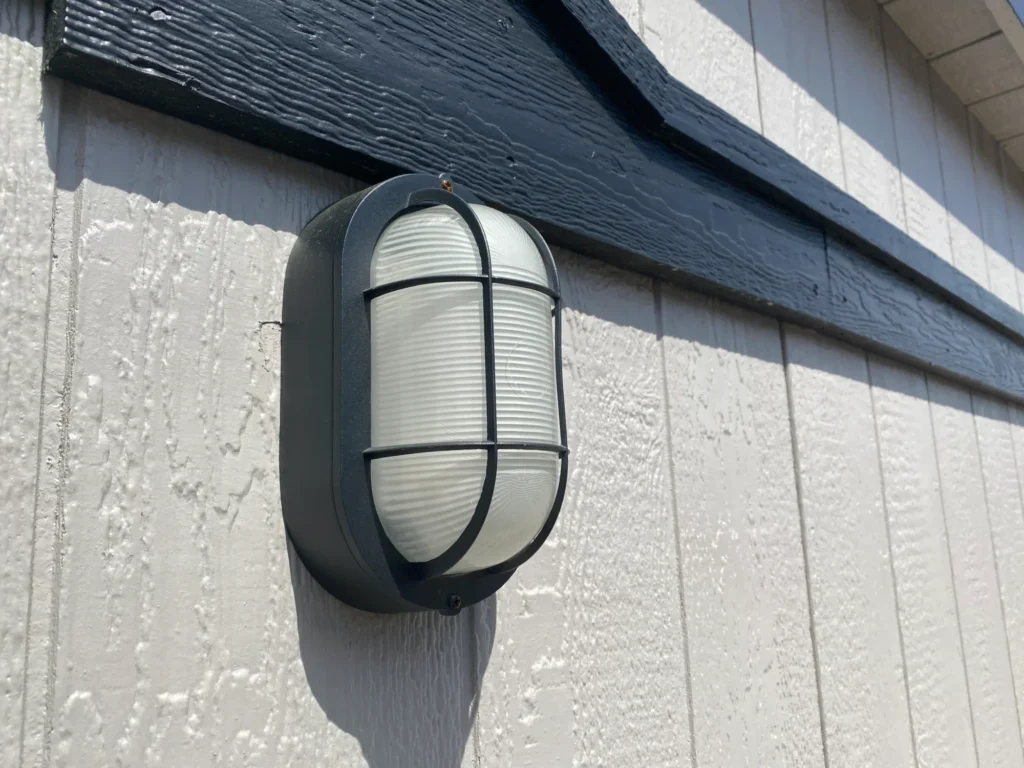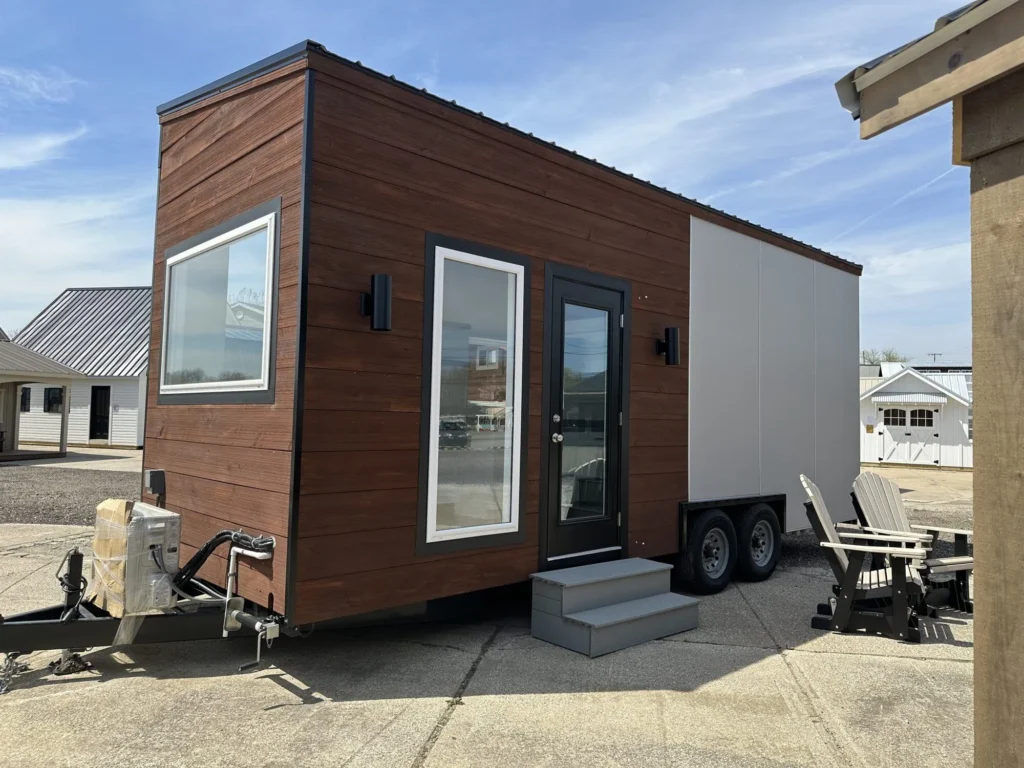As SpaceX’s Starlink satellite internet service continues to grow, many potential users have one key question: how fast is Starlink? For individuals living in rural areas, off-grid homes, or locations with limited broadband options, internet speed is critical for everything from remote work to entertainment. Starlink promises to bridge the digital divide by offering broadband-like performance almost anywhere, but real-world speeds can vary. In this article, we’ll break down typical Starlink speeds, factors that influence performance, and how it compares to traditional internet services.

Understanding Starlink’s Network
Starlink operates by connecting users to a constellation of thousands of low Earth orbit (LEO) satellites. Unlike traditional geostationary satellites located 22,000 miles away, Starlink’s satellites orbit about 340 to 750 miles above the Earth. This proximity drastically reduces latency and allows for much higher speeds compared to older satellite internet options.
The system involves a Starlink Kit that includes a phased-array satellite dish, a Wi-Fi router, and necessary cables. Once installed, the dish communicates with the satellites overhead, providing broadband-level internet connectivity.

Typical Download and Upload Speeds
As of early 2025, most Starlink users can expect the following performance:
- Download Speeds: 100 to 250 Mbps
- Upload Speeds: 10 to 20 Mbps
- Latency: 20 to 50 milliseconds
For context, these speeds are fast enough for HD and 4K streaming, remote work applications like Zoom or Teams, online gaming, and large file uploads and downloads. Compared to traditional rural options such as DSL or older satellite services, Starlink offers a significant improvement in both speed and stability.

Peak Performance Potential
Under optimal conditions—clear skies, minimal obstructions, and low network congestion—some Starlink users have reported download speeds exceeding 300 Mbps and upload speeds around 25 Mbps. These figures are competitive with many suburban cable internet providers and superior to many rural DSL options.
However, actual performance can fluctuate depending on location, weather, and the current load on the satellite network.

Factors That Affect Starlink Speeds
Several factors can influence how fast this internet service performs at any given time:
- Obstructions: Trees, buildings, and hills can block the line of sight to satellites, causing slowdowns or brief interruptions.
- Weather: Heavy rain, snow, or dense cloud cover can affect signal quality and speed.
- Network Congestion: In densely populated areas with many users, speeds may decrease during peak hours.
- Dish Setup: Improper installation, poor alignment, or outdated firmware can limit performance.
- Satellite Density: Areas with a higher number of Starlink satellites overhead typically enjoy faster and more stable connections.

Starlink vs Traditional Internet Options
Compared to Traditional Satellite Internet: Starlink is dramatically faster and has much lower latency. Traditional satellite providers like HughesNet and Viasat often max out at around 25 Mbps with latencies over 600 milliseconds, making them unsuitable for activities like gaming or real-time video conferencing.
Compared to DSL: Many rural DSL connections offer speeds between 5 and 25 Mbps, with higher latency and less reliability. Starlink is a major upgrade for users relying on outdated telephone-line connections.
Compared to Fiber or Cable: Fiber optic services can offer gigabit speeds (1,000 Mbps or more) with extremely low latency (under 10 milliseconds). In urban areas where fiber is available, it still outperforms Starlink. However, in areas without fiber, Starlink provides a competitive alternative.
Starlink Speed for Off-Grid and Remote Living
For those building cabins, tiny homes, or off-grid retreats with companies like Ohio Cabins & Structures, Starlink is an excellent choice for internet access. Provided the location has a clear view of the sky, users can enjoy broadband-like speeds without relying on traditional infrastructure.
Solar power systems can even support Starlink equipment, enabling internet connectivity in truly remote areas. This empowers homeowners to work remotely, run businesses, or stream entertainment even in isolated locations.

Future Improvements to Starlink Speeds
Starlink’s speeds are expected to improve further as the network expands. SpaceX continues to launch more satellites and is deploying newer models with laser links, which reduce reliance on ground stations and increase overall efficiency. As the network matures, users can expect:
- Faster speeds
- Lower latency
- More stable connections during peak usage times
- Expanded global coverage
These improvements aim to make it even more competitive with fiber and cable services in coming years.

Conclusion: How Fast is Starlink?
Starlink offers impressive speeds, particularly for users in rural, remote, or off-grid locations. With typical download speeds of 100 to 250 Mbps, upload speeds of 10 to 20 Mbps, and low latency, it brings broadband-like internet to places where it was previously unavailable or unreliable.
While not quite on par with urban fiber-optic networks, for millions of users around the world—including those living in cabins and rural properties built by Ohio Cabins & Structures—it provides a game-changing level of connectivity.
To explore cabin models ideal for off-grid Starlink setups, visit Ohio Cabins & Structures. For up-to-date speed tests and user experiences, resources like Starlink.com and Ookla’s Speedtest offer real-world data.
Understanding how fast Starlink is helps users set realistic expectations and make the most of this innovative technology, no matter where they live.
